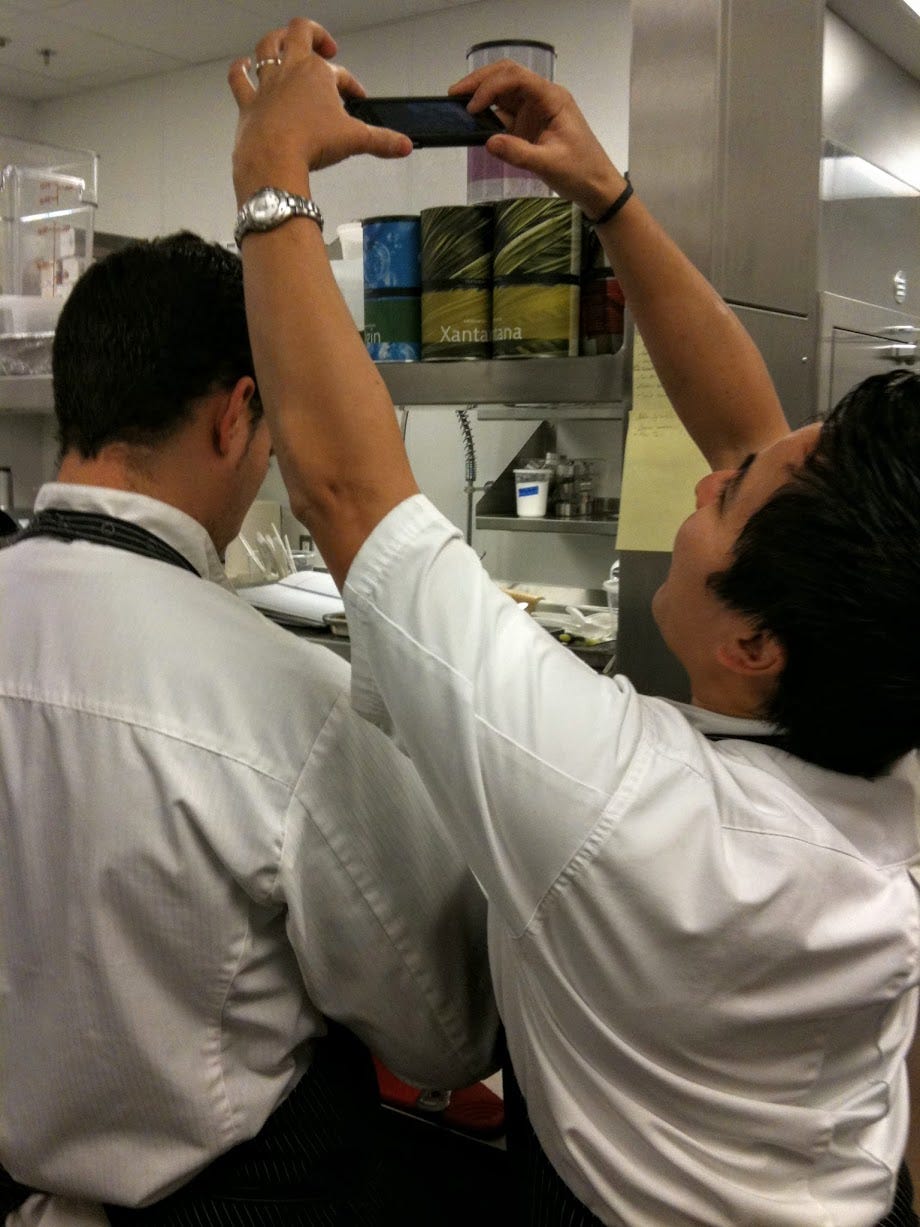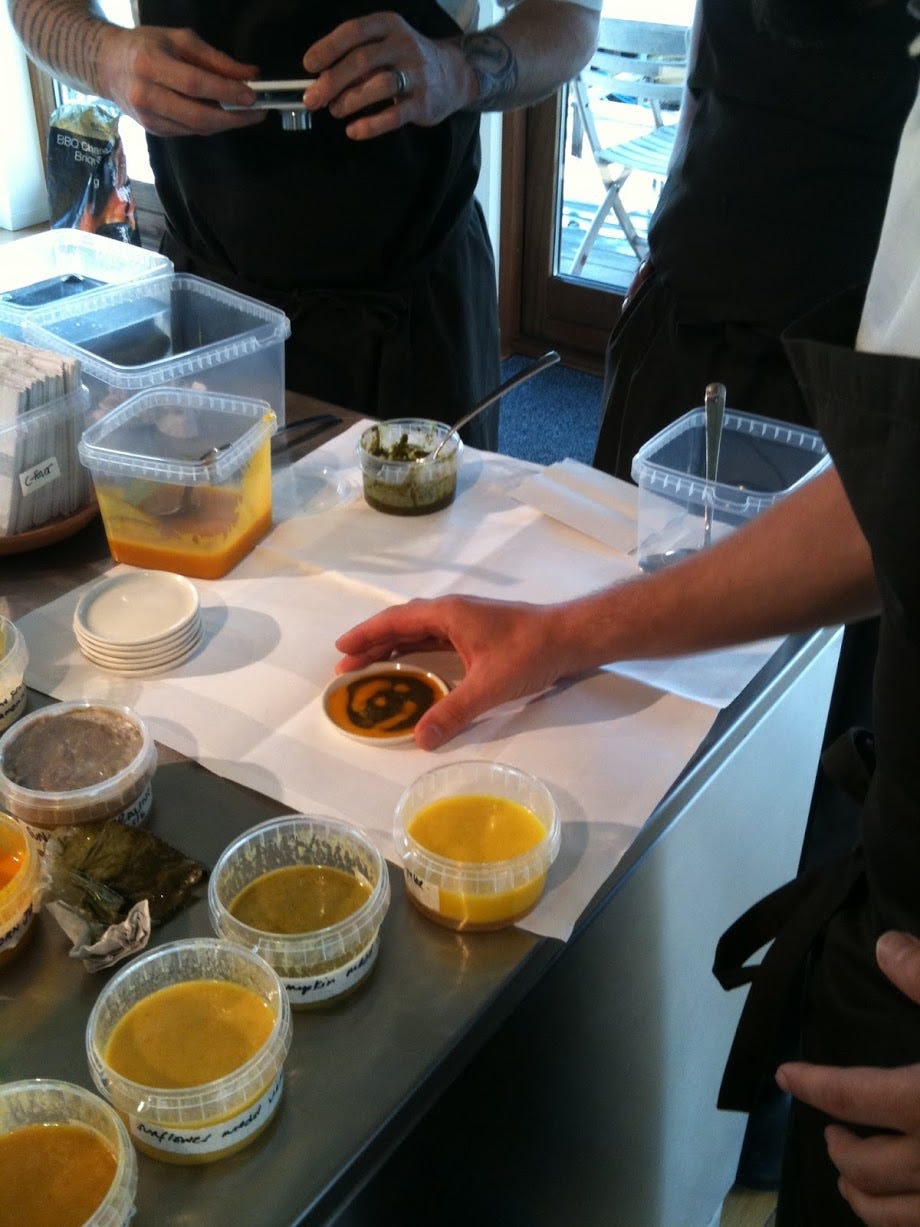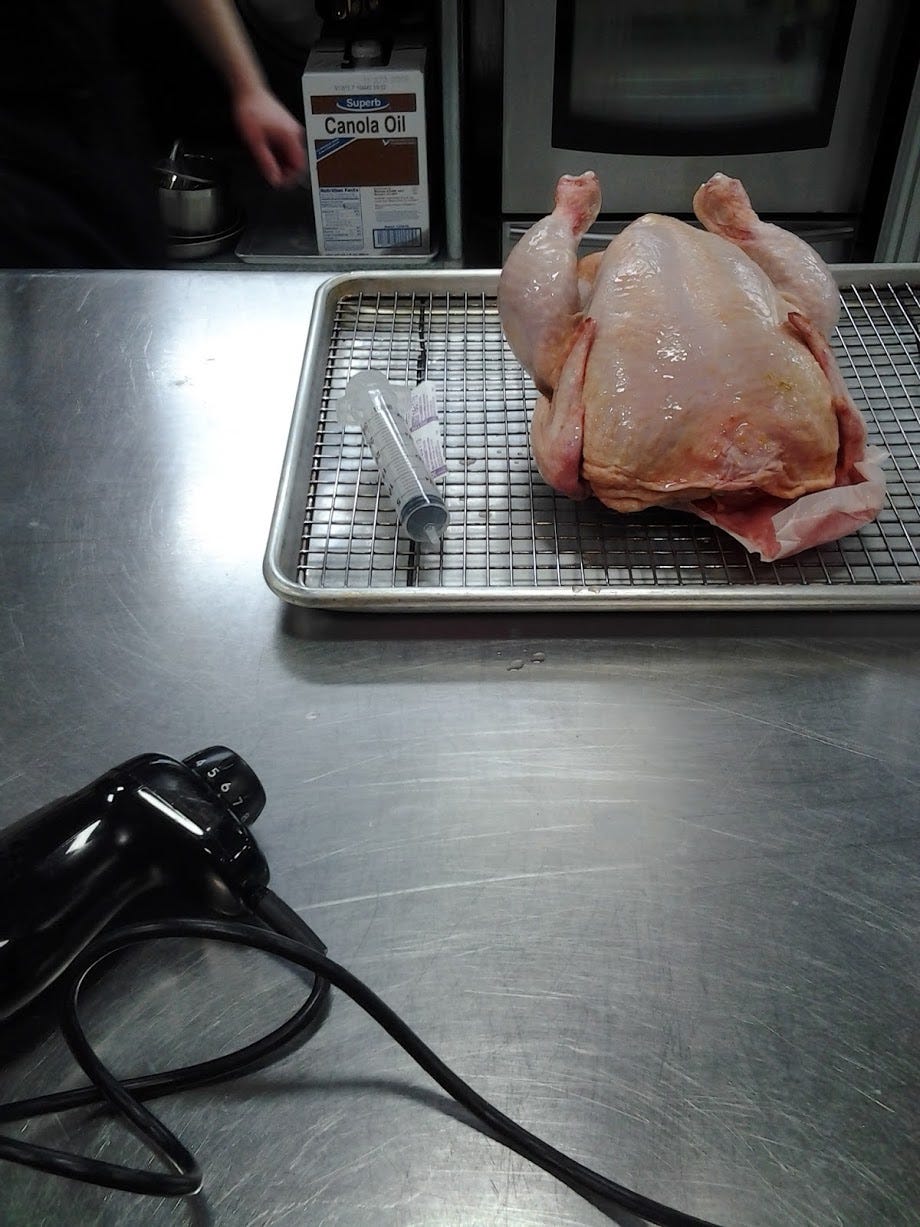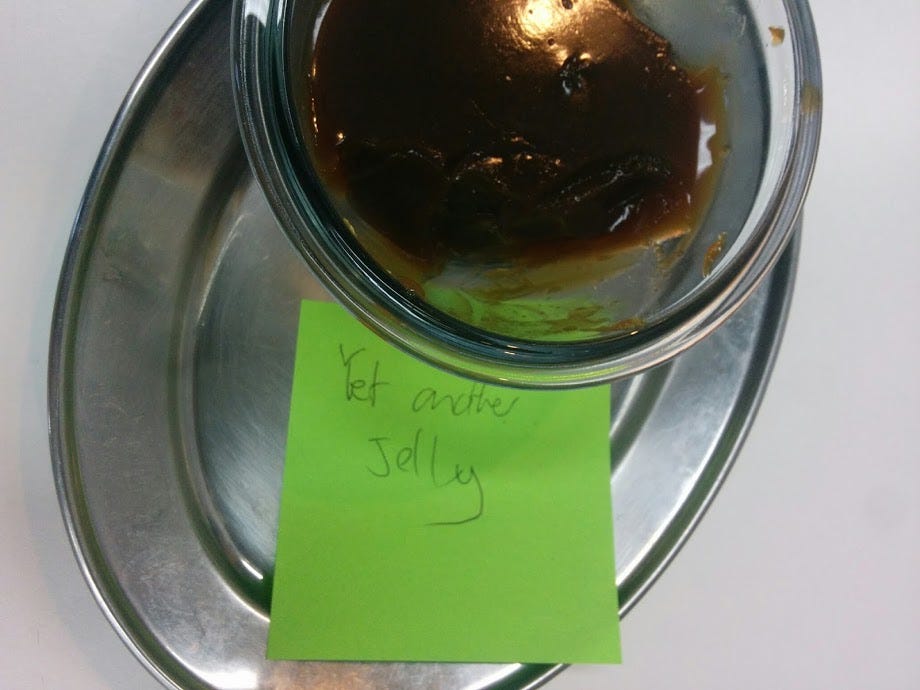#44: The long view
The pitfalls of long-term thinking.
I’m Vaughn Tan, and this is another of my weekly attempts to make sense of the state of not-knowing. The first issue explains the project; you can see all the issues here.
My first book, The Uncertainty Mindset, is now out. It’s a behind-the-scenes look at cutting-edge high-end cuisine … and what it can teach us about designing organizations that are more adaptable and innovative. You can get it here. If you like it, help me out by leaving a review somewhere. Book events are coming soon—tell me what you’d like to see and sign up for notifications here.
tl;dr: Taking the long view is essential, but it also makes it easier to delude ourselves that 1) the future is fundamentally knowable and that 2) our actions should be guided by the risk mindset. Coronatime provides a much-needed opportunity to break free from this delusion and develop the uncertainty mindset.

Last week I was on yet another video call, this time with a technology company’s leadership team to talk about how the company should define its strategy and tactics. As usual, I banged on my uncertainty mindset drum. I’m always trying to make the case for doing things that appear inefficient as long as they also increase adaptability—the ability to sense change externally, figure out a good response, then change internally to adapt—given the uncertainty of the future.
Partway through the call, four questions arose: Isn’t it just a matter of time before there’s a recession? Doesn’t that mean that the probability of recession is basically 100%? Should the future therefore be thought of as risky, not uncertain? Should we not therefore reconfigure totally to be ready for the inevitable recession to come?
Yes, yes, no, yes but not the way you’re thinking.
The issue here is zoom-level. This is analogous to how we interact with digital maps. Zoomed out far enough, everything becomes visible and legible. The long view encompasses all. The tradeoff is that the long view is necessarily less granular and detailed than the close-up view. This is especially true for events over time—with a long enough time window, stuff can be expected to happen. Unfortunately, uncertainty arises precisely in the granular detail of complex and equifinal systems.
Zooming out creates two interrelated and insidious problems:
It allows us to take the easy way out of assuming that the future is legible and knowable (thus making the risk mindset seem appropriate), not uncertain and unknowable (making the uncertainty mindset actually appropriate).
It encourages us to anchor our plans and actions on futures that are falsely believed to be precise and certain.
Zooming out makes it easier for us to delude ourselves that the future is fundamentally knowable and that our actions should be guided by the risk mindset.

In truth, it’s impossible to know for sure what the future is and how it will arrive. The future is always actually 100% uncertain. This is hard to see because we’ve been lucky. Often what happened in the near past offered some guidance about what would happen in the near future. And, in the last few decades, the world system (politics, geopolitics, the environment, the economy) has been relatively stable. Change has not been sudden and unexpected. The problem with being lucky in these ways is that we have collectively developed a false belief and expectation that the future is fundamentally knowable. Taking the long view often inadvertently compounds this belief and expectation.
To be clear: I’m not endorsing short-termist thinking. It’s more vital now than ever to take the long view, but I’m drawing attention to the long view’s often unnoticed and damaging side-effects on how we think about and act on uncertain futures. We need to be able to zoom out without deluding ourselves that the future is knowable.
In other words, we need to take the long view but with the uncertainty mindset. This is a tall order, because we always seem to find it hard to accept uncertainty. But this may be both easier and more important right now than than at any time in recent history.
What’s different about now is that coronavirus has shaken people, cities, and countries profoundly—especially in their assumptions about the future being knowable. In my book I argue that the best cutting-edge culinary R&D teams didn’t assume that the future would be knowable, and so they didn’t default to the risk mindset. How did they avoid this trap? They developed the uncertainty mindset because it was undeniably clear that the state of the art in their industry was changing frequently and unpredictably: new techniques and ways of working were continually being developed and used, and they were discussed openly in the industry.

The unrecognized gift of coronatime may be that it is doing something similar on a much larger scale, around the world and across industries. In coronatime, the uncertainty of the future is so apparent that it is practically impossible to deny it.
I hope this washes away at least some of the obstacles to people, businesses, and governments developing the uncertainty mindset, because it’s vital that we adopt the uncertainty mindset without delay. Coronavirus disruption so far has already been of enormous scale and scope. The uncertainty and disruption from geopolitical power shifts, structural changes in national and international economies, and climate change will dwarf what we’ve seen to date.
There will be more uncertainty in the future, not less. We’re not ready for this, but we have a rare opportunity to prepare.

the weather man mentioned snow
You’ll hear from me again next Wednesday—I’ll probably write about having too much stuff and why shedding it is liberating because it’s difficult.
“Bonuses”:
My old pal Eugene Goh and I wrote an opinion piece on uncertainty and its implications for businesses (for the Business Times in Singapore);
Sid Jha reviews The Uncertainty Mindset (the book): “This is easily one of my favorite books of 2020.” Like many others, he points out that the book would have been improved with photos—I’m working on something to fix that.
Photos: Until Issue #52, each week’s photos will be selected from the thousands I took during fieldwork for the book. This issue’s photos are: Photographing synthesized Peking duck skin at ThinkFoodGroup (2011); the answer to an emulsion question at Amaja (2011); injection brining a chicken at the Cooking Lab (2012), and yet another woodland jelly at the Fat Duck (2011).
By the way: I’m well aware that this newsletter is pretty weird. It’s probably not for most people. If you know someone else who might enjoy it, please send it on.
Find me on the web at www.vaughntan.org, on Twitter @vaughn_tan, on Instagram @vaughn.tan, or by email at <uncertaintymindset@vaughntan.org>.

